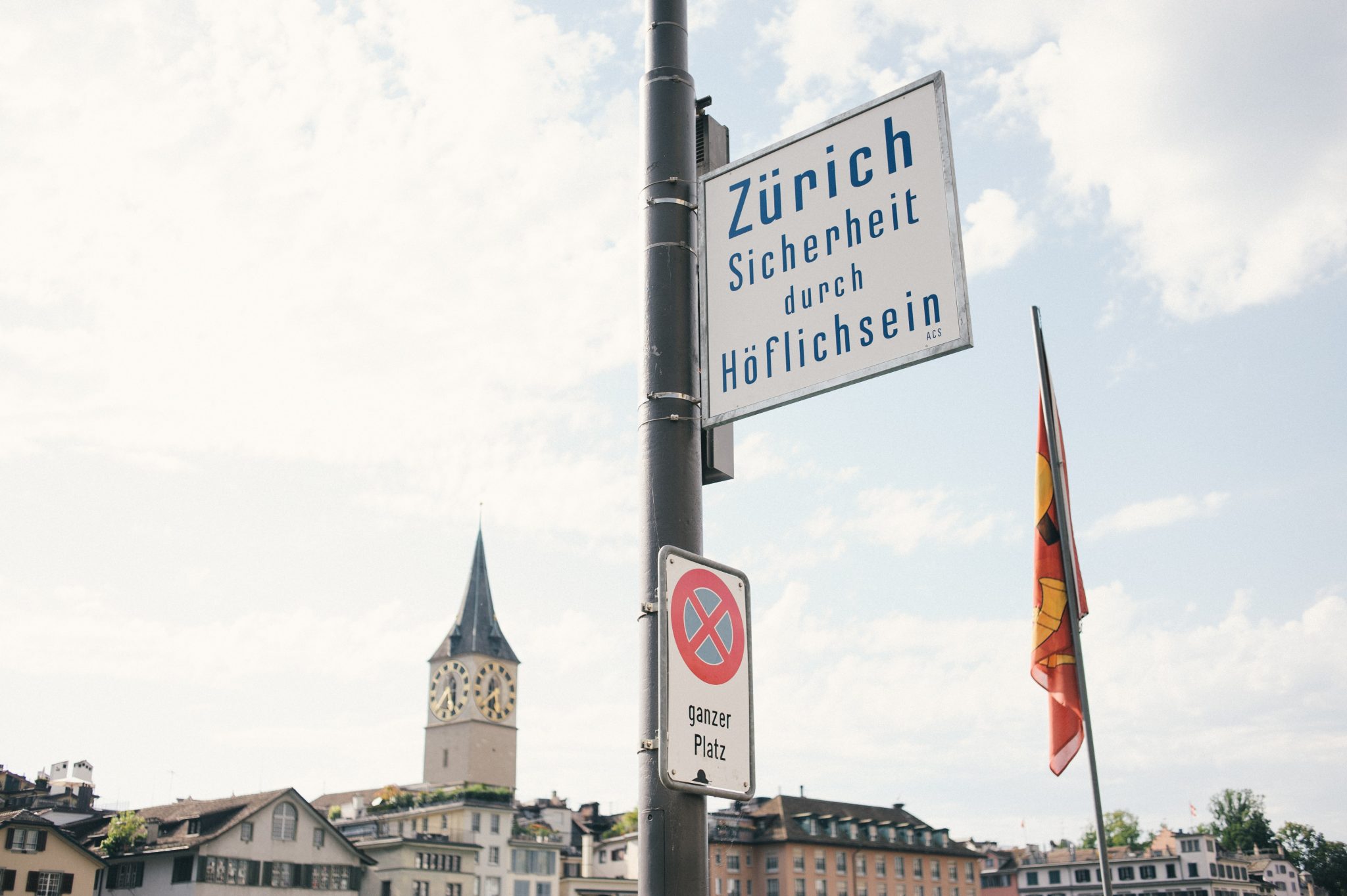The difference between German and Swiss German is huge. In fact, a lot of Germans have difficulty understanding it. Finding a translator with local knowledge is therefore critical.
Swiss German is really a collection of German dialects used by around 4.5 million people in Switzerland, as well as in some alpine communities in Italy. It is most widely used in spoken communication, as well as in some less formal written media such as emails, local newspapers, personal letters and some books. Unlike local dialects in some countries, the Swiss take pride in speaking Swiss German and frequently use it for business meetings and other formal matters.
Swiss German is not to be confused with Swiss Standard German, which is broadly used for written communication as well as international business, national news and some TV. Although many Swiss citizens also know German, they essentially learn it as a foreign language.
Businesses planning to target the Swiss German market will need to find a native speaker proficient in their chosen dialect.
Here are just some of the many differences between Standard German and Swiss German.

Spelling and grammar
In written materials, the most obvious difference may be the use of ‘ss’ in Swiss German rather than the ‘ß’ found in Standard German. Due to the fact that it is predominantly a spoken language, different spellings may be used for the same word.
In terms of grammar, there are numerous differences. One of the most important is that Swiss German does not use the past tense (preterite), instead of using the past participle: ‘I have been in Switzerland’ rather than ‘I was in Switzerland’. The language also lacks subjunctive mood, instead, it uses the auxiliaries würd and chönnt (‘would’ and ‘could’). Lastly, it doesn’t have a Genitive case, and there are no relative pronouns – just the all-purpose word wo (where), which covers all cases and genders.
Regional dialects are often flexible in terms of word order, differing both from each other and from Standard German. Some words might have a different gender than in Standard German, and many more English words are borrowed.
Terminology
The differences in vocabulary between the two dialects are too numerous to list. One of the most famous examples is the word for ‘small kitchen cupboard’. It’s Kuchenkasten in Standard German but the highly guttural Chüchichäschtli in Swiss German. French influence is more obvious, with some terms showing both languages, such as merci vielmal (thank you very much).
Pronunciation
Once again there are many differences in pronunciation. This can be particularly noticeable for vowels and diphthongs; ue, ie and üe, for example, are pronounced as two sounds in Swiss German but one in Standard German, whilst i, u and ü are pronounced as one sound in Swiss German but two in Standard German.
